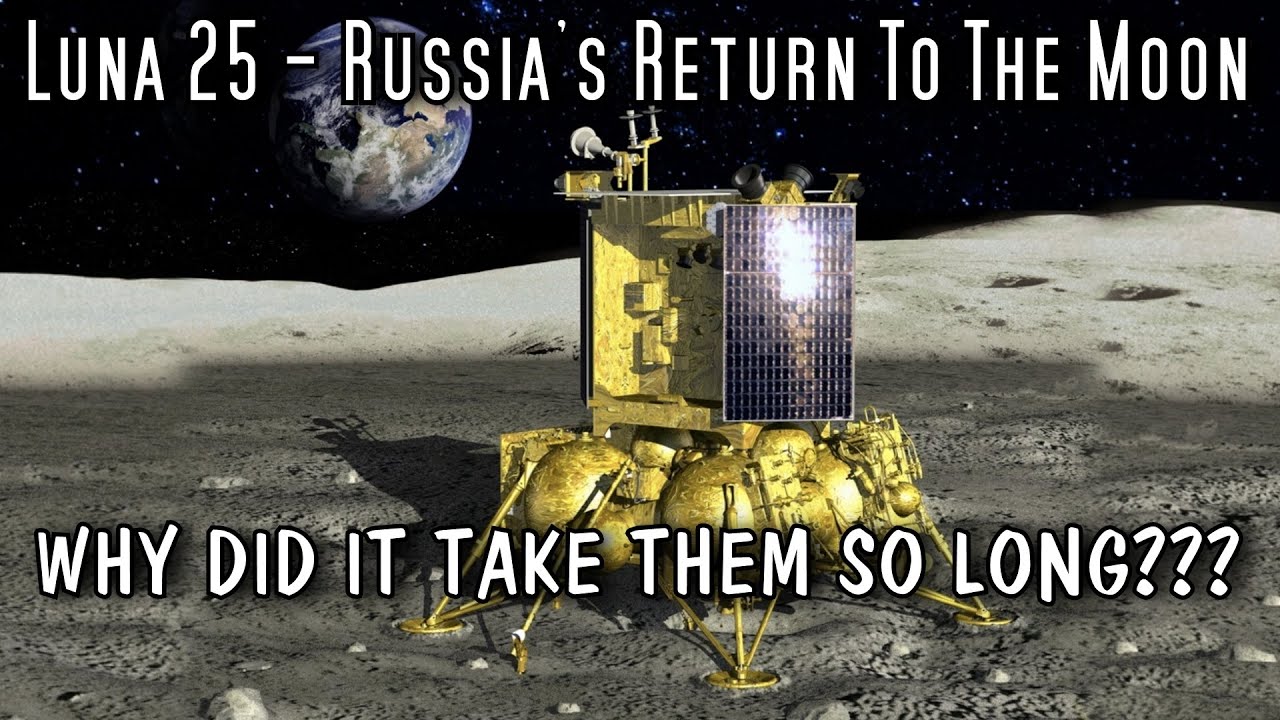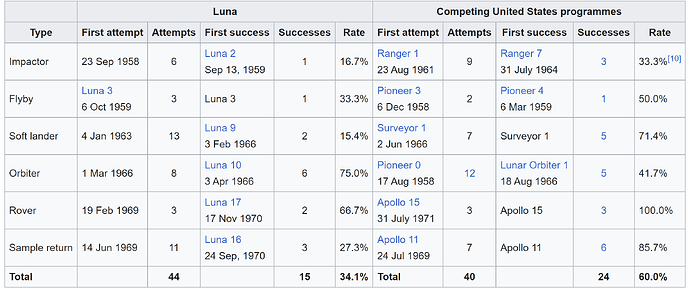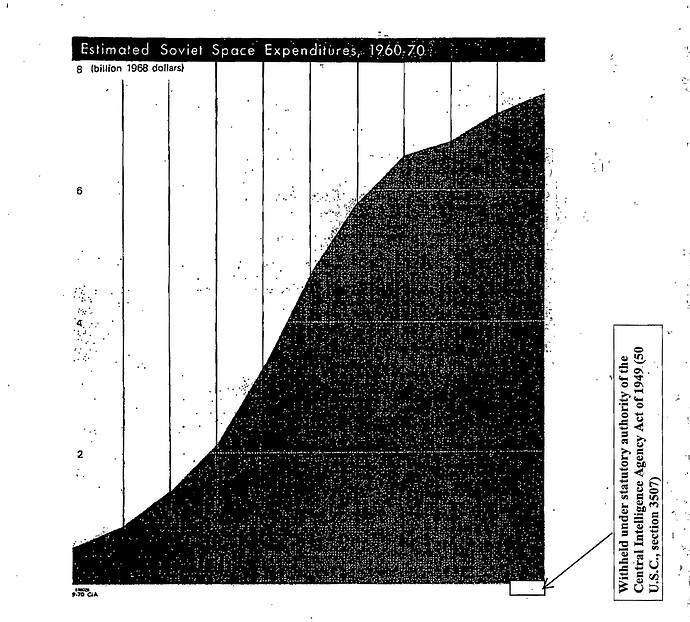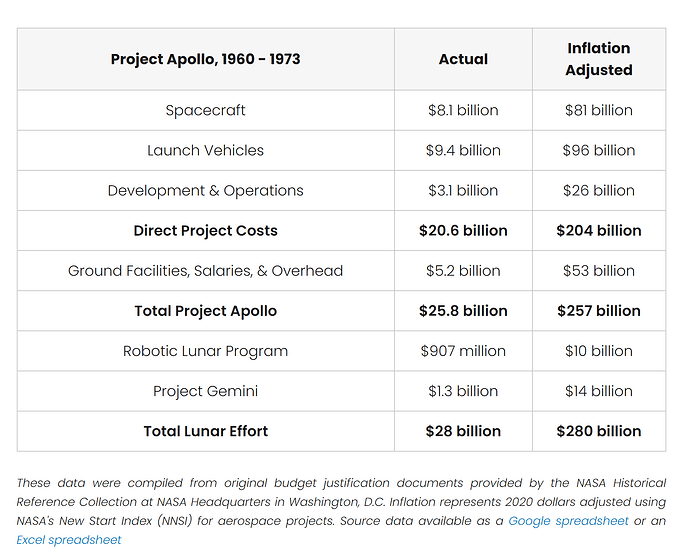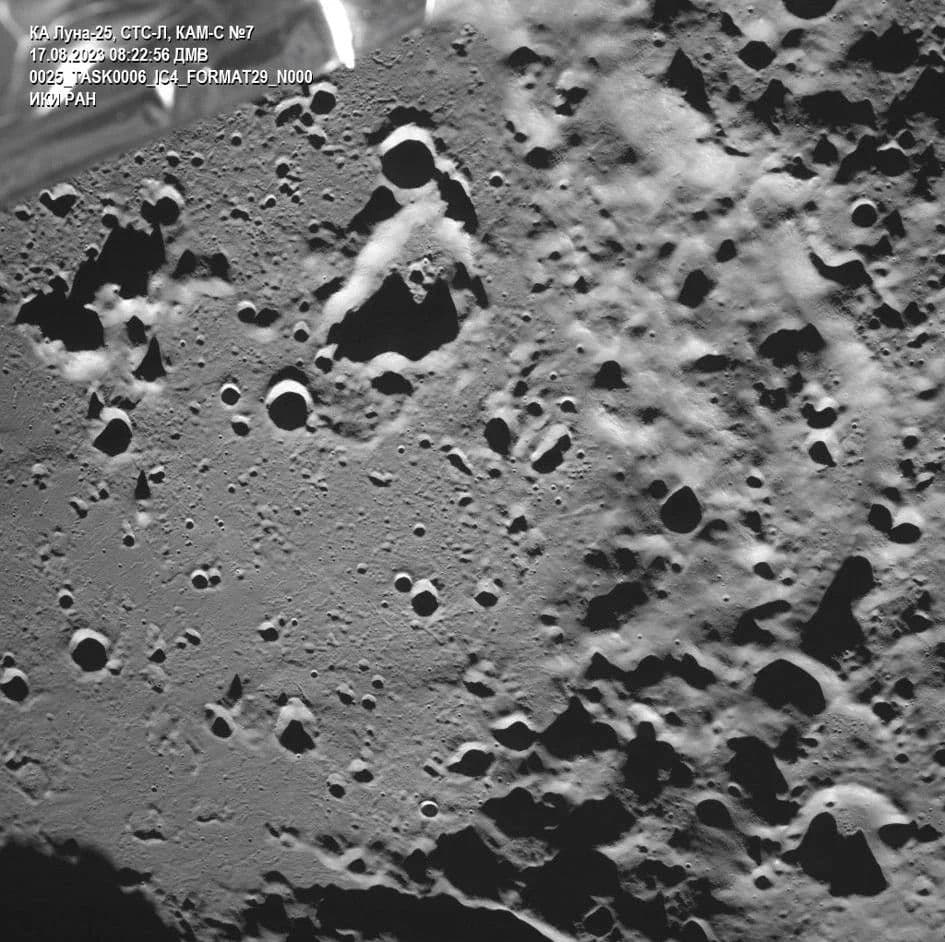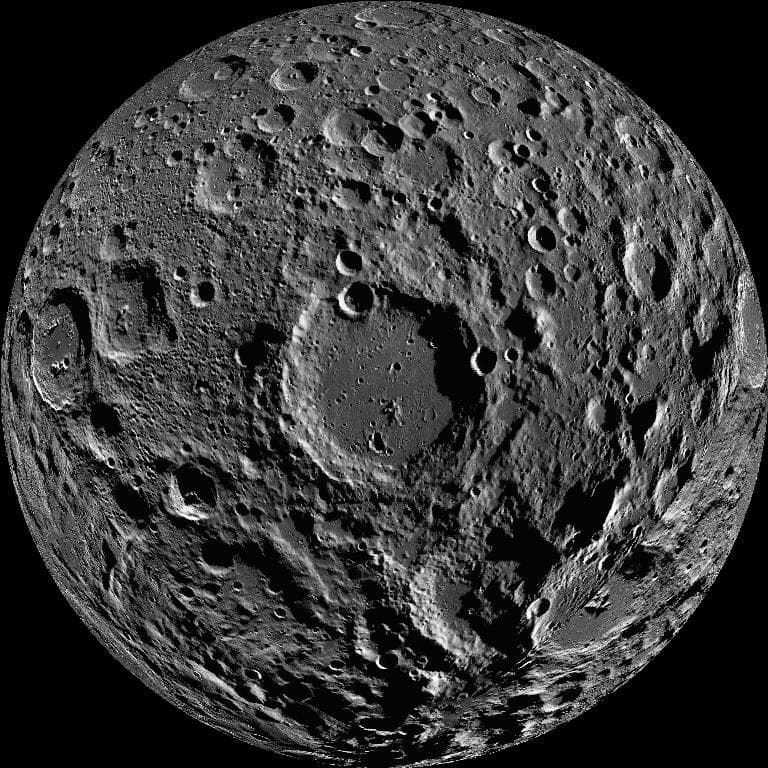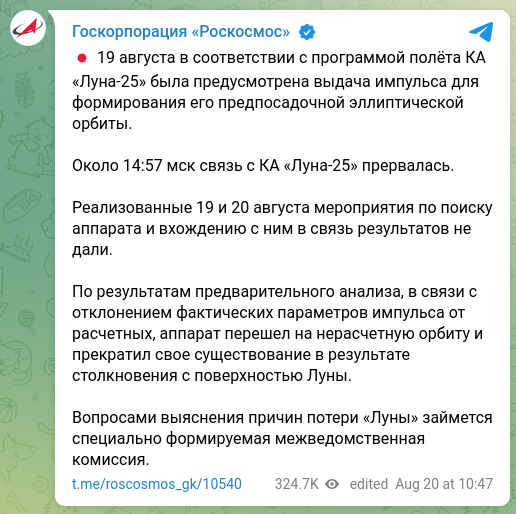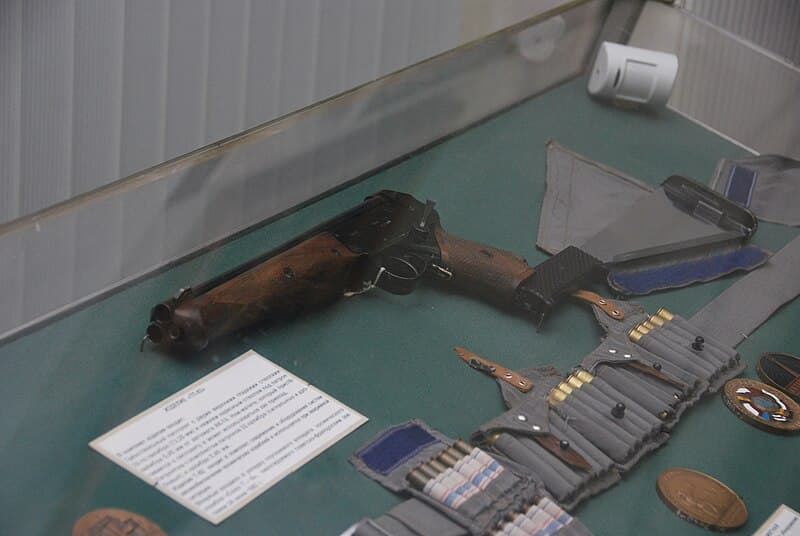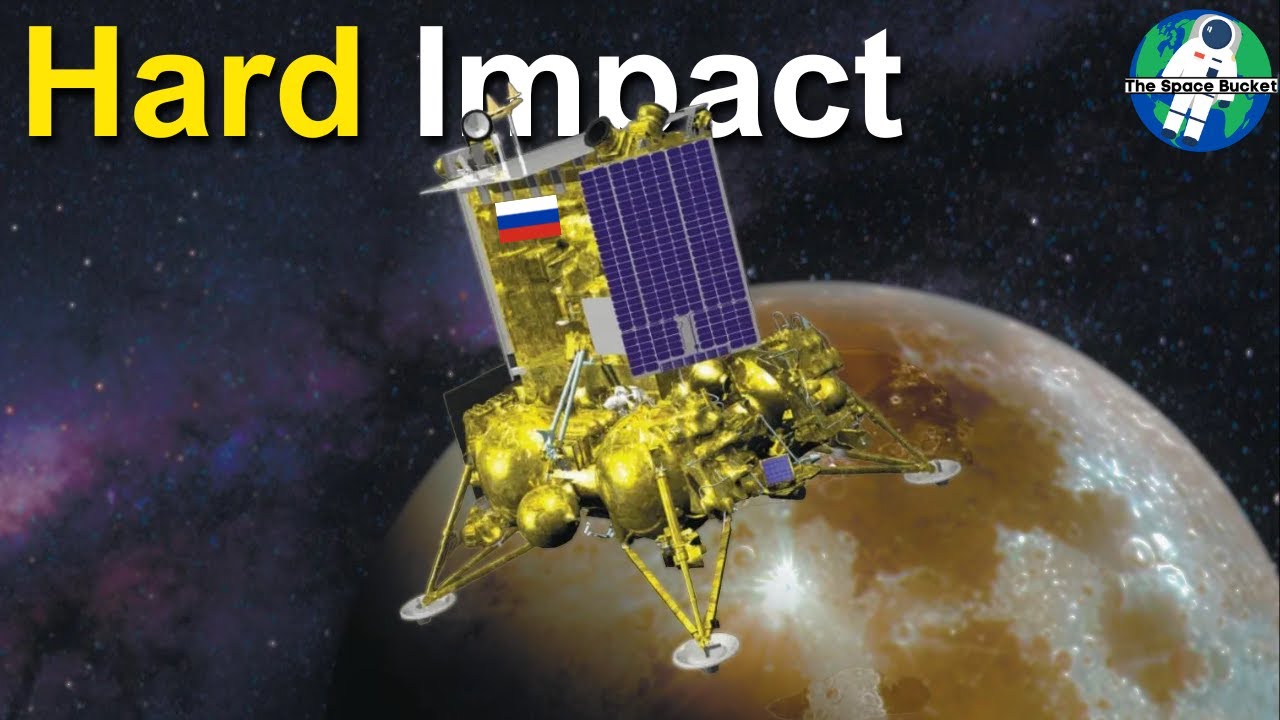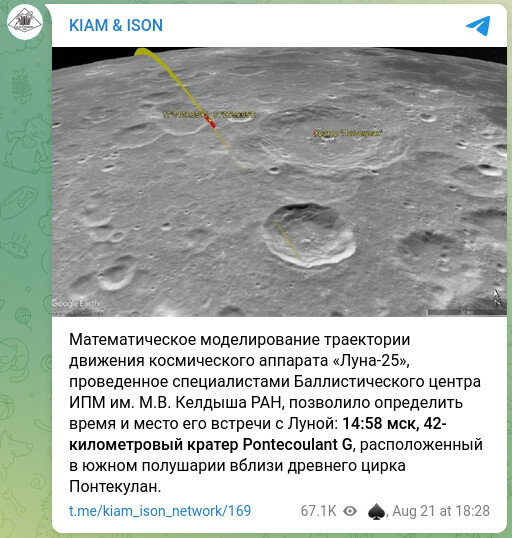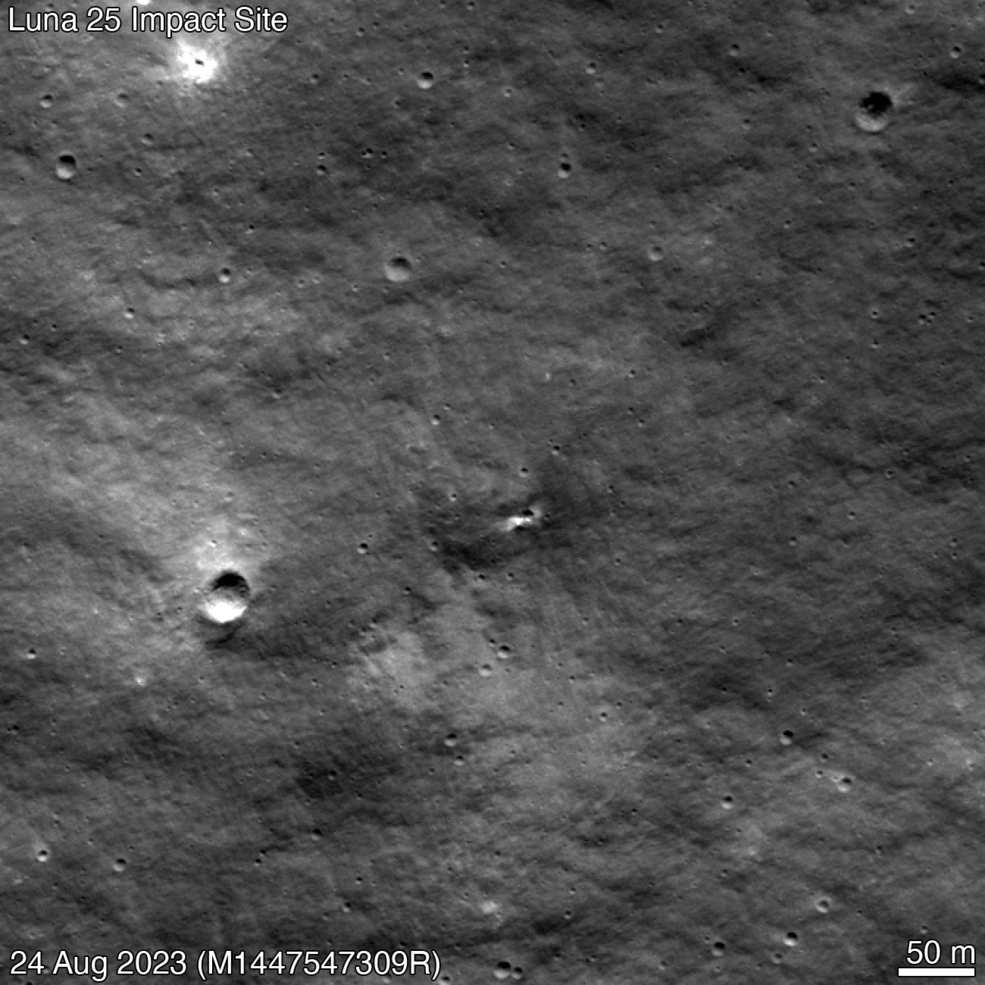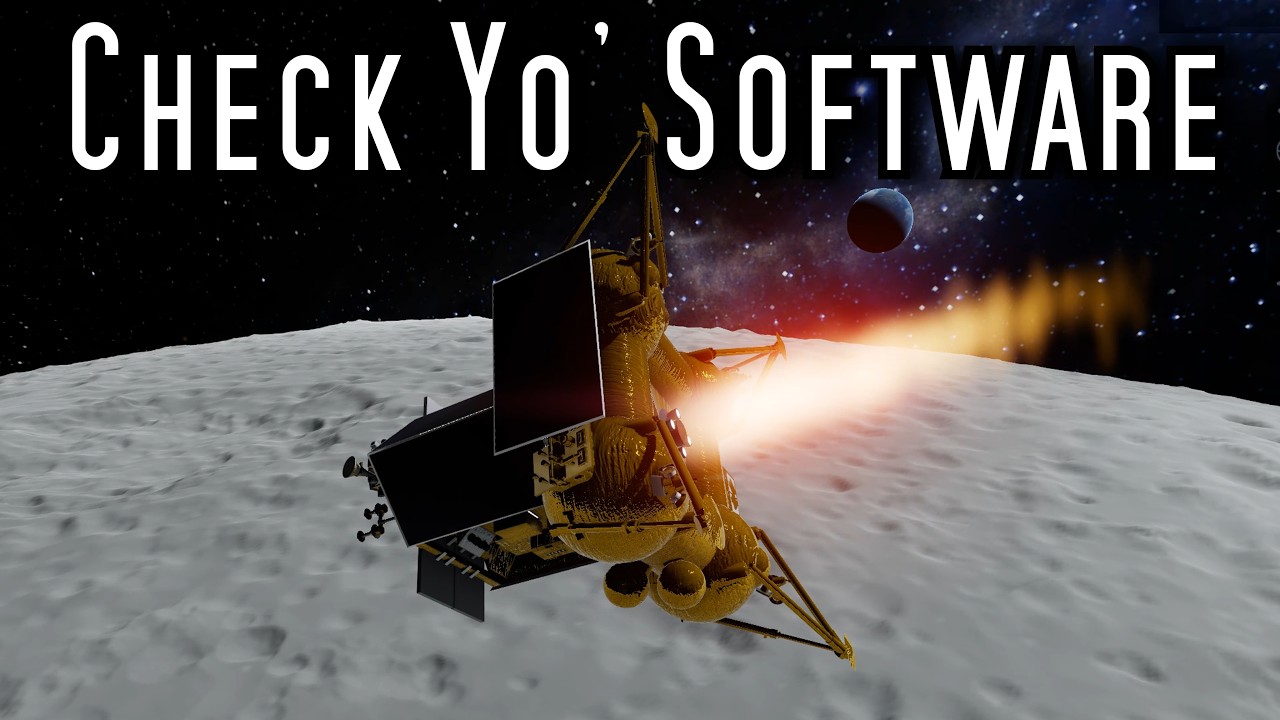Soviet cosmonaut Alexei Leonov’s notes about mankind’s first-ever spacewalk on March 18, 1965 aboard Voskhod-2 - provide some interesting insights about the interplay of cosmonauts, engineers and politicians via X, have not verified
"Russian cosmonautics – it’s a comedy of horrors. A cosmonaut, who for the first time in the history of mankind ventured into outer space, was unable to get back on board. He was floating on the end of a 5-meter cable above the planet, but when it was time to get back in - it turned out that the spacesuit swelled and did not fit through the airlock. In order to get in, he had to depressurize the spacesuit to 0.27 of Earth’s pressure - such pressure corresponds to about 3 kilometers above Everest.
Miraculously, he didn’t lose consciousness. But then he couldn’t fit through the second airlock. He managed to get into it only by flagrantly violating the instructions - head first, not feet first. He then collapsed next to his comrade.
After barely catching breath, the news came - the automated navigation system for returning back to Earth was broken. Again, for the first time in the history of mankind, the spaceship had to return to the planet manually.
The one window on the new Voskhod-2 spaceship looked out to the side. Only the stars could be seen through this window. If you started the engine facing the wrong way, instead of returning, you would fly far away and stay there forever. The cosmonauts desperately crawled around the cabin, looked through the ill-fated porthole from different angles, made out from memory where the Big Dipper was and where the Earth should be, and finally started the engine.
It probably sounds funny now, but again, for the first time in the history of mankind, they took their seats with the rocket engine running, the acceleration of which was about to turn them into pancakes. Where the spacecraft will take them remained a mystery. They don’t remember much of the descent. They woke up, got out. There were snowdrifts up to their waists. It was cold: -30°C (-22°F).
The spaceship had a lot of survival equipment - fishing hooks, shark repellent, a single TT pistol, and so on. But they didn’t think about the cold. The cosmonauts took off their spacesuits, each poured out 5 liters of sweat, built a fire while naked, wrapped themselves thoroughly and waited, periodically clicking the morse code - ‘S.O.S.’
They didn’t vary the message - what else was there to signal to the whole planet? We are Soviet cosmonauts, we are in the middle of nowhere, we are not well… The signal was being blocked by trees. The cosmonauts guessed, moved through the snowdrifts.
Eventually, the SOS signal was picked up in Bonn. The Germans immediately informed the Kremlin.
Our people refused to believe the Germans. And at that time - the only thing the Mission Control Center knew about the missing cosmonauts was that they had landed somewhere in Russia.
Hundreds of helicopters were in the air combing the area. At the same time, TV reported that the cosmonauts had landed safely and were resting in a sanatorium.
The pause between this message and the appearance of the cosmonauts themselves on the screen was clearly dragging on. Brezhnev couldn’t stand it any longer, so he called Korolev and asked what the hell was going on. Korolev angrily replied: ‘My business is to launch cosmonauts, yours – to announce. You should hurry up, not me.’
Finally, one of the helicopters detected a campfire and two unfortunate cosmonauts near it. But it was impossible to land there. A group of skiers went on foot to clear the path to the site with axes. And gifts rained from the sky - warm clothes and cases of cognac. All the clothes got stuck on the trees, and the cognac cases were shattering all around, the astronauts swore grimly as they dodged them.’
